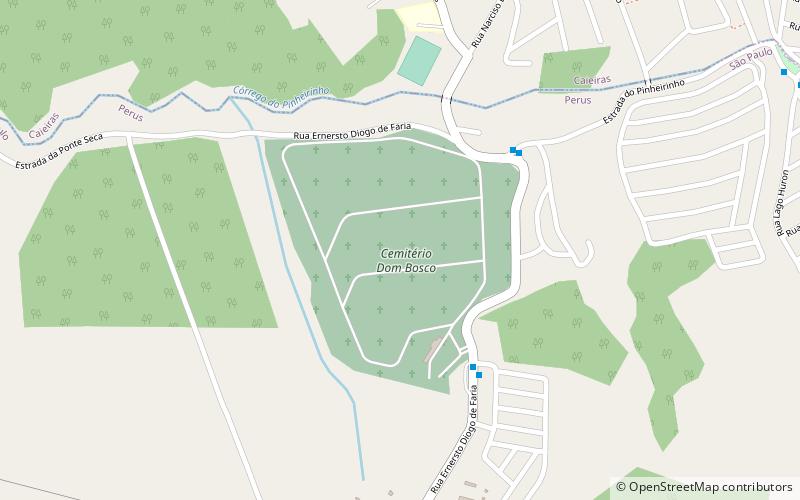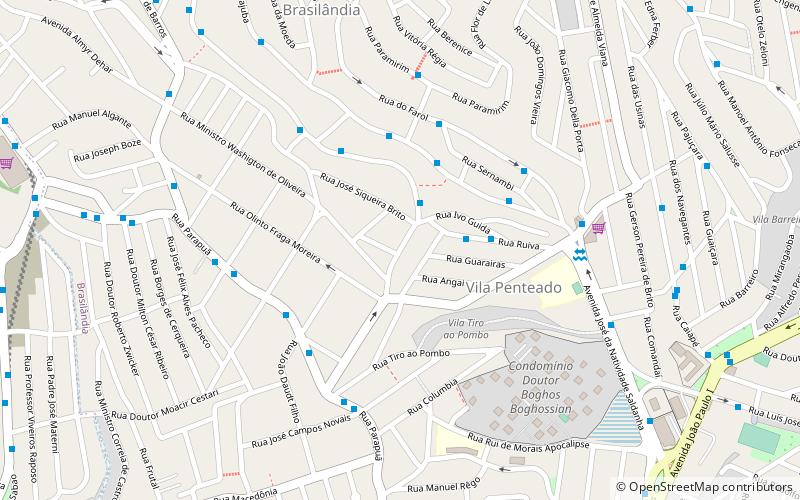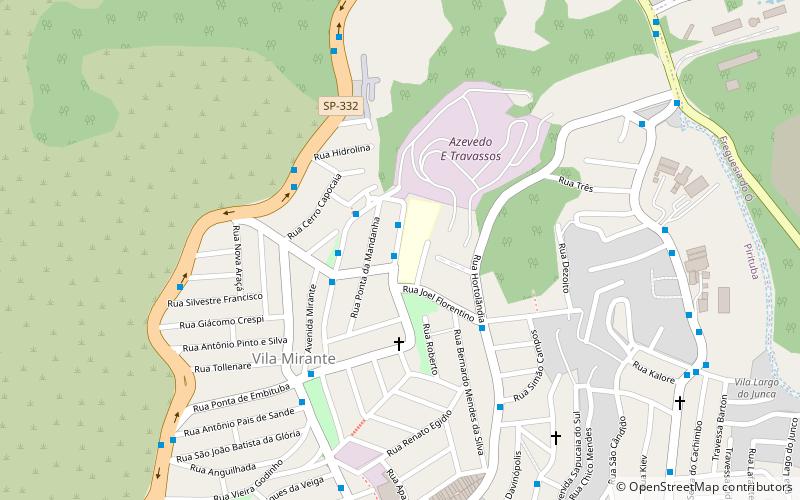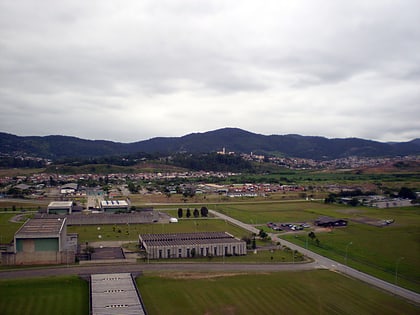Cemitério Dom Bosco, Franco da Rocha


Facts and practical information
The Perus Cemetery currently renamed as Hill of Martyrs, is a necropolis located in the north zone of the city of São Paulo, on the edge of the subprefecture of the same name, near the border with the city of Caieiras. Inaugurated in 1971, by the then mayor Paulo Maluf, it aimed to attend to an old demand from the inhabitants of that part of the municipality of São Paulo for a cemetery not so far away. The cemetery occupies an area of approximately 254,000 square meters.
During the period of the military dictatorship, the cemetery was used for the clandestine burial of the members of armed organizations that fought against the military dictatorship and were killed in the dependence of the repressive organs, as the DOI-CODI.Many of the people killed by the death squads of the then newly organized Military Police were also buried clandestinely in the Perus Cemetery. In 1969, the mayor of São Paulo Paulo Paulo Maluf and the director of the Legal Medical Institute of the Capital, Harry Shibata, even evaluated the possibility of the construction of a crematory oven in the cemetery. Employees of the Municipal Funeral Service traveled to other countries to analyze the proposals and came to contact a specialized British company for the construction of two crematory ovens for the cemetery. However, the company did not accept the deal because, aware of the moment of violent repression promoted by the State, considered suspicious the fact that the project of the ovens did not foresee chapel or any place to publicly wake the bodies to be cremated.A crematory would be built in 1975 at the cemetery of Vila Alpina.
The cemetery is known for burying people of humble origin, for its location and price, it was built to bury bodies of indigent and unidentified people, currently an average of 12 people are buried every day, and it has forty-five thousand graves and more than one hundred and fifty thousand burials throughout its extension. It also has a space for wakes with six well-kept rooms and ample parking. It holds an average of eight wakes a day and has an Ecumenical Chapel.
It became known for housing more than 1000 clandestine burials of political disappeared people from the 1970s. They were buried in two clandestine graves. At that time the military dictatorship was ruling the country and oppressed political opponents and thinkers contrary to its ideals.
At the site in 1993, then Mayor Luiza Erundina inaugurated a memorial in honor of these victims. Memorial Plaque Conceived by Mayor Luiza Erundina and the Commission of Families of Disappeared Political Prisoners, in honor of the political prisoners buried in the Perus Cemetery.
860 Estrada do PinheirinhoPerusFranco da Rocha
Cemitério Dom Bosco – popular in the area (distance from the attraction)
Nearby attractions include: Pico do Jaraguá, Caieiras, Brasilândia, Parque Estadual do Juquery.






